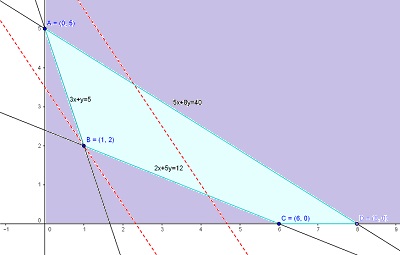
Zsolt Karácsony
Qualification: mathematician, University of Debrecen, 2003. Current employment:University of Miskolc, Department of Applied Mathematics. Scientific degree: PhD, mathematics and computer science (probability theory and mathematical statistics), 2011. Teaching skills: probability theory, mathematical statistics, numerical methods, optimization, programming theory.


